Species Photo Gallery for Catonia carolina No Common Name 19 |
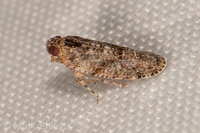 | Photo by: Mark Shields
Onslow Co.
Comment: | 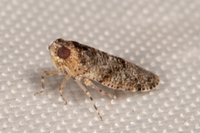 | Photo by: Mark Shields
Onslow Co.
Comment: |
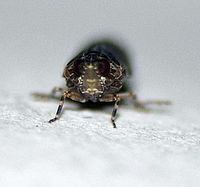 | Photo by: Paul Scharf
Warren Co.
Comment: Attracted to Black Light | 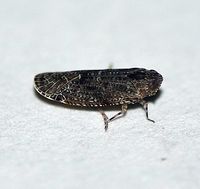 | Photo by: Paul Scharf
Warren Co.
Comment: Attracted to Black Light |
 | Photo by: Kyle Kittelberger, Brian Bockhahn
Rockingham Co.
Comment: grassy area near mixed hardwood forest and a pond | 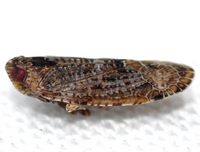 | Photo by: Kyle Kittelberger, Brian Bockhahn
Rockingham Co.
Comment: grassy area near mixed hardwood forest and a pond |
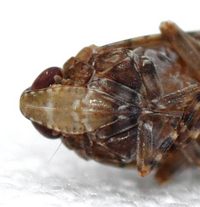 | Photo by: Kyle Kittelberger, Brian Bockhahn
Rockingham Co.
Comment: grassy area near mixed hardwood forest and a pond | 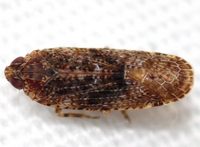 | Photo by: Kyle Kittelberger
Wake Co.
Comment: open habitat near mixed hardwood forest edge; on a lawn |
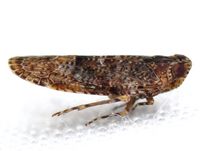 | Photo by: Kyle Kittelberger
Wake Co.
Comment: open habitat near mixed hardwood forest edge; on a lawn | 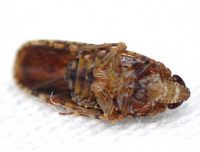 | Photo by: Kyle Kittelberger
Wake Co.
Comment: open habitat near mixed hardwood forest edge; on a lawn |
 | Photo by: Kyle Kittelberger
Wake Co.
Comment: open habitat near mixed hardwood forest edge; on a lawn | 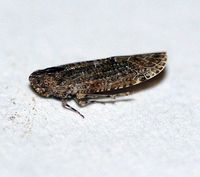 | Photo by: Paul Scharf
Warren Co.
Comment: Attracted to Black light |
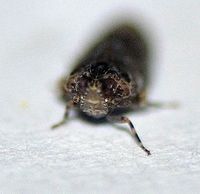 | Photo by: Paul Scharf
Warren Co.
Comment: Attracted to Black light | 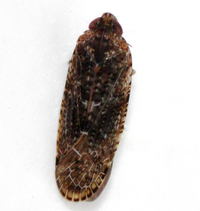 | Photo by: Kyle Kittelberger, Brian Bockhahn, Paul Scharf
Warren Co.
Comment: mixed hardwood, open forest near lake edge |
 | Photo by: Kyle Kittelberger, Brian Bockhahn, Paul Scharf
Warren Co.
Comment: mixed hardwood, open forest near lake edge | 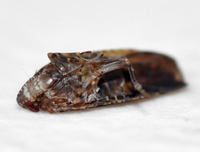 | Photo by: Kyle Kittelberger, Brian Bockhahn, Paul Scharf
Warren Co.
Comment: mixed hardwood, open forest near lake edge |
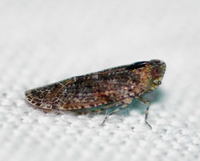 | Photo by: Kyle Kittelberger, Brian Bockhahn, Paul Scharf
Warren Co.
Comment: mixed hardwood, open forest near lake edge | 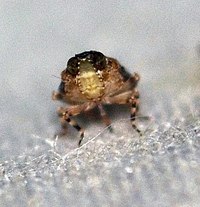 | Photo by: Paul Scharf
Warren Co.
Comment: These are fairly common in Aug and are attracted to the Black Light. However, a facial photo is required for positive ID. Several observed and photographed 12 & 13 Aug 2013 |
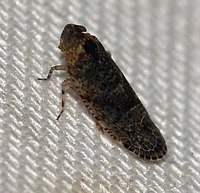 | Photo by: Paul Scharf
Warren Co.
Comment: These are fairly common in Aug and are attracted to the Black Light. However, a facial photo is required for positive ID. Several observed and photographed 12 & 13 Aug 2013 |

 »
»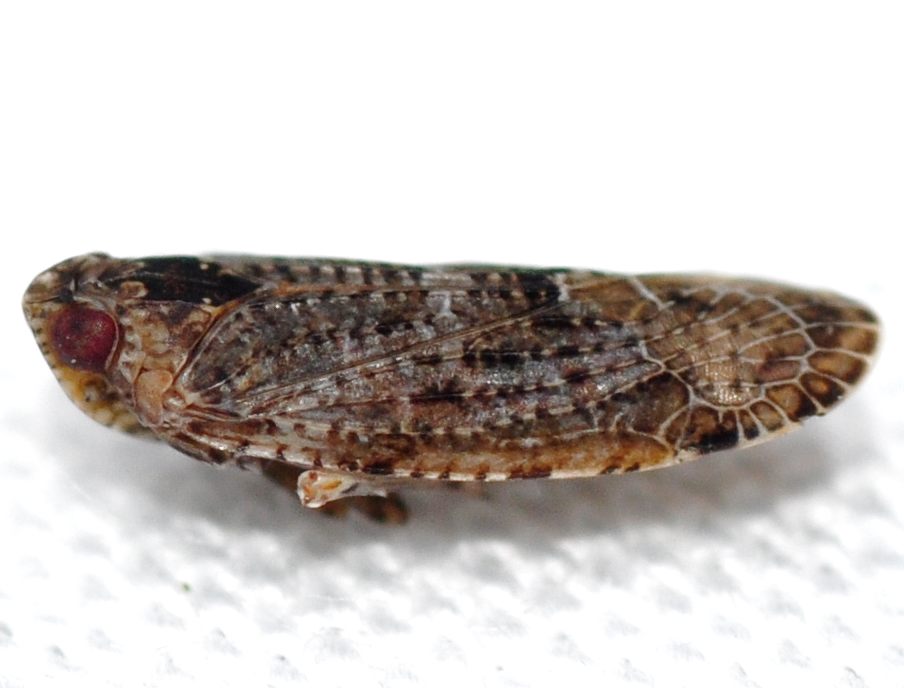



 »
»

